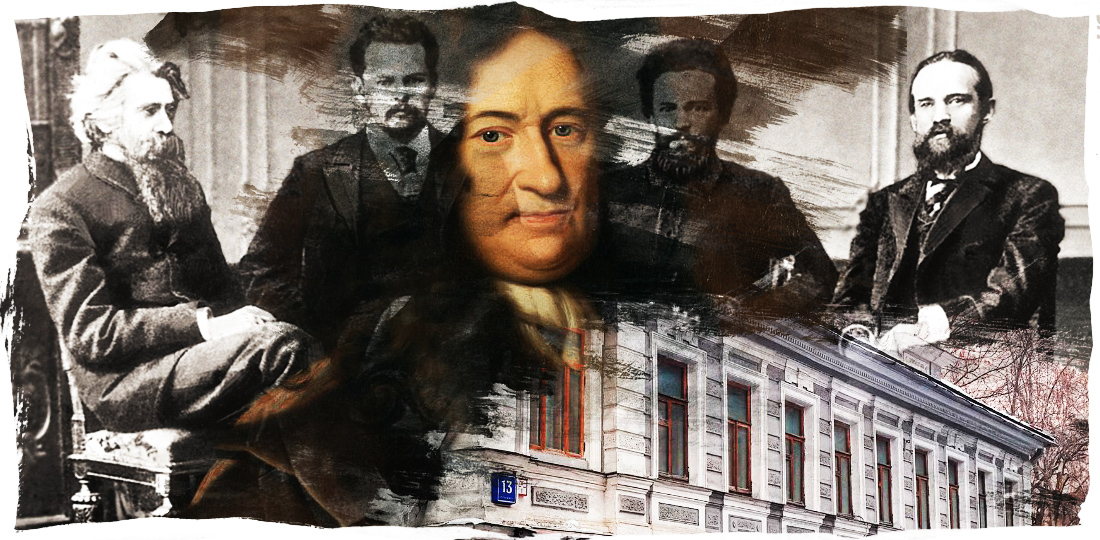Jazz can be safely considered the progenitor of all modern music. Over these long years, the style has changed and improved. Many great performers are inscribed in history in gold letters for turning a popular dance melody into intellectual music that is not accessible to everyone. How history developed in stages.
Music critics are still debating, and there is no clear answer as to where jazz was first heard. The North of the country believes that the style owes its birth to Christian chant (Gospel). The South of America thinks that slave conditions preserved African identity. But one thing is clear: the cocktail of European and African culture gave birth to eternal jazz.
Street music jazz was a collective image of existing trends. Musicians did not even ignore the leitmotifs of opera works. Few people know the fact that the first jazz record was released by white musicians (“Original Dixieland Jazz Band”). The music of the “lower classes” of poor black neighborhoods instantly captured the hearts of America and Europe.

In the 30s, dance music jazz began to change, and new styles appeared. The blues style is sadness, melancholy and seal, at the same time a great harmony for vocal and musical improvisations. How many great people worked on the creation of musical masterpieces, it is impossible to list them all (BB King, Louis Armstrong and many others).
Ragtime – the word translates as torn or broken time, this is how rhythmic and abrupt piano music sounds. The style was born on the basis of the music of Chopin and Liszt, but in the performance of Africans, notes sounded between the usual beats, which created a complex rhythm and uncharacteristic European dynamics.
Swing – swinging. The usual dance music was replaced by a new discovery – swing. A revolution in improvisation based on unusual accompaniment occurred, multifaceted (jazz) harmony appeared. The era of an infinite number of jazz standards began to be written. In parallel with the swing style, boogie-woogie became popular, and then rock-n-roll (blues harmony in a fast tempo).
The era of the 50-60s – “Fusion” or the earlier name of jazz rock, means “fusion”. The greatest author and performer of this style was and remains Miles Davis. There was a unification of jazz improvisation and simplified pop harmony. The muffled sound of the trumpet with a mute became an integral calling card of the performer.
The work of Weather Report and especially Jaco Pastorius revolutionized the way musicians thought about the bass guitar. Modern funk began to emerge.
Rock and roll is a popular music that originated in the United States in the mid-1950s. By the mid-1960s, it had evolved into a comprehensive international style known as rock music, although the latter has also come to be called rock and roll.
Rock and roll was created as a fusion of country and blues music. Vocal groups such as the Dominoes and the Spaniels, featuring black singers, began to combine the harmonies of religious chants with more aggressive rhythmic styles such as the proposto and risposto. Performers of these new creations were disc jockeys such as Alan Freed of Cleveland, Dewey Phillips of Memphis, Tennessee, and William (“Hoss”) Allen of Nashville’s WLAC, who created rock and roll radio, with rhythm and blues records that attracted white teenagers to a culture that seemed more exotic, exciting, and illegal than anything they had ever known.

In 1954, the style coalesced around an idol: the handsome white singer Elvis Presley, who “sang like a black man.” Presley’s songs spanned several styles: blues, ballads, pop. His early recordings with producer Sam Phillips, guitarist Scotty Moore, and bassist Bill Black for Sun Records in Memphis were less consistent with any one style. For decades, African Americans had used the term rock and roll as a euphemism for sex, and Presley’s music was considered highly erotic. Presley was almost the only artist to incorporate African American styles and contemporary rhythms into his songs.
Three more revolutions in the sound of modern music in 1975, 1996 and 2000
British researchers have found that the melodies of popular music have become significantly simpler between 1950 and 2023, which scientists associate with three distinctive revolutions in the sound of music that occurred in 1975, 1996 and 2000. The scientists’ findings were published in an article in the scientific journal Scientific Reports.
“This decline in the complexity of popular music melodies may be related to how the world has changed in recent decades. In particular, the advent of the digital age has led to the ‘compression’ of language due to the desire to squeeze messages into character limits or make headlines as short as possible. This presumably affects our ability to ‘digest’ complex ideas, which affects the kind of music listeners enjoy,” the researchers write.
This is the conclusion reached by Marcus Pearce, an associate professor at Queen Mary University of London (QMUL), and his colleague Madeline Hamilton, while studying the structure of melodies characteristic of a thousand of the most popular works that were in the top 5 of the annual Billboard music magazine rating between 1950 and 2023. During this analysis, the scientists studied how various features of the melodic structure changed over time, including the number of octaves, the density of notes, differences in pitch and duration of their sound.

The researchers’ analysis showed that the sound of music as a whole has become much simpler in recent years compared to the middle of the last century, and most of these changes did not occur smoothly, but as a result of three peculiar revolutions in the sound of music that occurred in 1975, 1996 and 2000. Each of them, as scientists suggest, was associated with the emergence of new musical genres and instruments.
In particular, the 1975 revolution is associated with the rise of disco, new wave and stadium rock. The next two dramatic simplifications of melodies, in 1996 and 2000, were presumably associated with the spread of hip-hop, as well as the emergence of digital audio workstations (DAWs) adapted to work with short and simple samples (digitized sound fragments).
As scientists emphasize, the simplification of the structure of melodies characteristic of the most popular musical works does not mean that modern music is bad and its fans have bad taste, since the structure of the melody is not the only measure of the quality of music. In particular, many other features of modern music, including the level of its harmony and timbre characteristics, have become more complex over time. This speaks of the multifaceted and multidirectional nature of the evolution of the sound of modern pop music, concluded Hamilton and Pearce.






